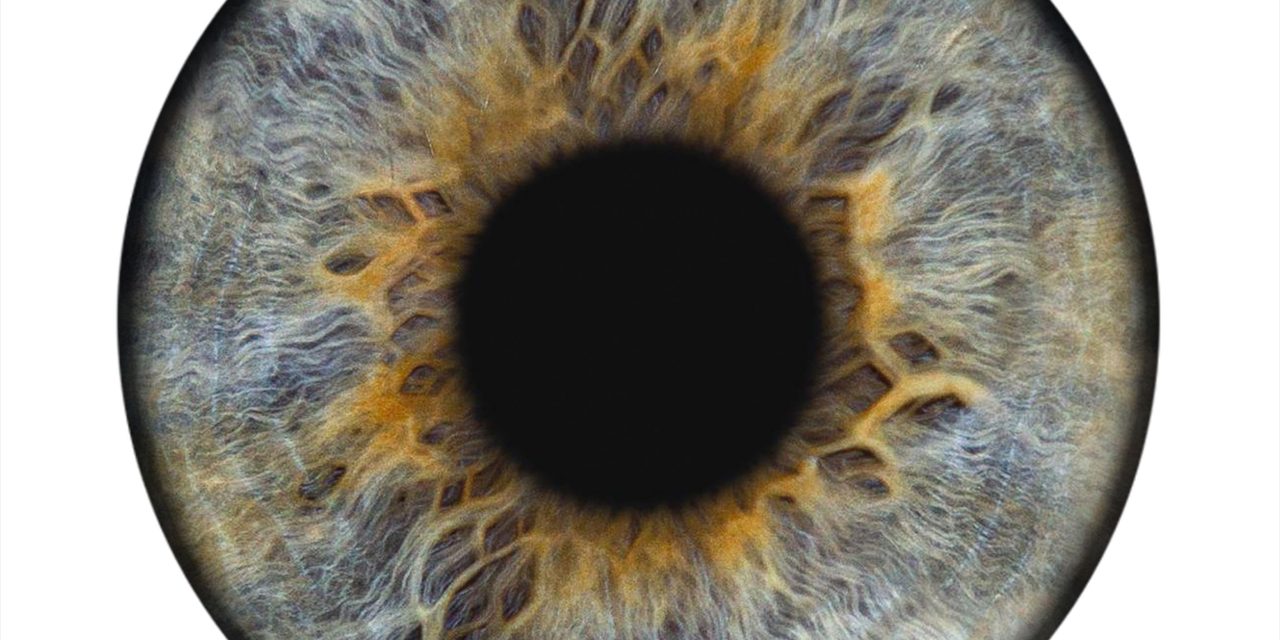The study aimed to provide the accurate isolation and quantification of intraocular dimensions in the anterior segment (AS) of the eye using optical coherence tomography (OCT) images is important in the diagnosis and treatment of many eye diseases, especially angle-closure glaucoma.
This study developed a deep convolutional neural network (DCNN) for the localisation of the scleral spur; moreover, we introduced an information-rich segmentation approach for this localisation problem. An ensemble of DCNNs for the segmentation of AS structures (iris, corneoscleral shell and anterior chamber) was developed. Based on the results of two previous processes, an algorithm to automatically quantify clinically important measurements were created. 200 images from 58 patients (100 eyes) were used for testing.
The DCNN with limited data was able to detect the scleral spur on unseen anterior segment optical coherence tomography (ASOCT) images as accurately as an experienced ophthalmologist on the given test dataset and simultaneously isolated the AS structures with a Dice coefficient of 95.7%. When combined with an OCT machine capable of imaging multiple radial sections, the algorithms can provide a more complete objective assessment. The total segmentation and measurement time for a single scan is less than 2 s.
This study concluded to provide a robust automated framework for reliable quantification of ASOCT scans, for applications in the diagnosis and management of angle-closure glaucoma.
Reference: https://bjo.bmj.com/content/early/2020/09/26/bjophthalmol-2019-315723


